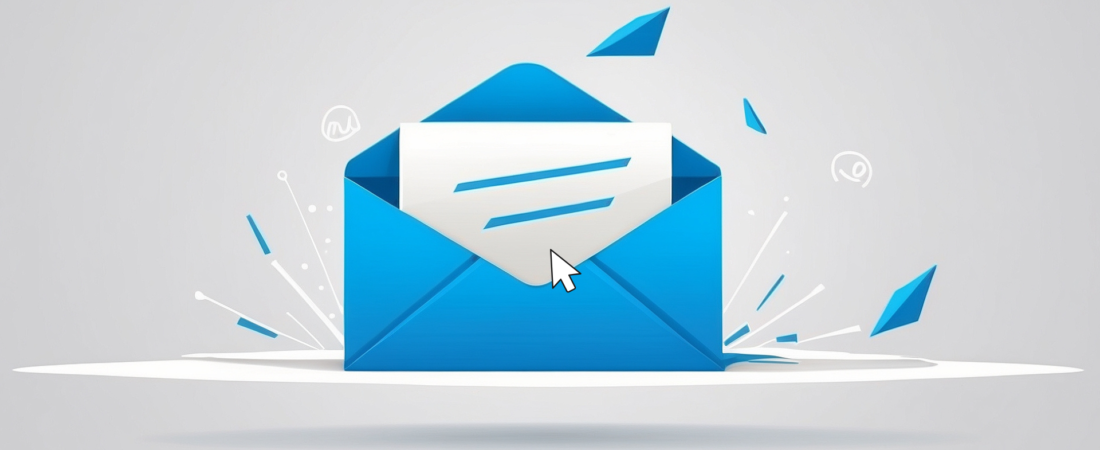How to Write Emails That Get Opened, Read, and Clicked
Email marketing remains one of the most powerful tools for engaging customers, nurturing leads, and driving sales. But many business owners struggle with low open rates, poor engagement, and emails that fail to convert.
The problem? It’s not just about sending emails—it’s about sending the right emails. If your emails aren’t getting opened, read, or clicked, it’s likely because your messaging isn’t compelling enough.
In this guide, you’ll learn how to write emails that capture attention, keep readers engaged, and drive action. If you want expert help with your email strategy, check out my email copy services.
1. Write Subject Lines That Demand Attention
The subject line is the gateway to your email. If it doesn’t grab attention, your email won’t even be opened.
The Problem:
Many business owners write subject lines that are too generic, vague, or sales-heavy, leading to low open rates.
The Fix:
- Make it personal: Use the recipient’s name or reference their interests.
- Create curiosity: Tease the content inside without giving it all away.
- Be specific: Avoid vague phrases like “Important Update” and opt for something clearer, like “Boost Your Open Rates by 42% With This Simple Change.”
- Use urgency (but don’t overdo it): “Last Chance to Get 50% Off Before Midnight” can work, but avoid excessive urgency, which can lead to distrust.
Example: Instead of “Newsletter Issue #12,” try “Struggling With Low Open Rates? Here’s How to Fix It”
2. Hook Readers in the First Line
Once the email is opened, your first sentence determines whether the recipient keeps reading or moves on.
The Problem:
Many emails start with dull, irrelevant, or overly formal introductions that fail to engage readers.
The Fix:
- Start with a bold statement or surprising fact.
- Ask a compelling question that makes the reader think.
- Use storytelling to make your email feel more personal.
Example: Instead of “We are excited to announce our new service,” try “Imagine doubling your sales with just one email tweak…”
3. Keep It Clear, Concise, and Conversational
People don’t read long, dense emails—they skim. If your email is too wordy or formal, it will lose attention quickly.
The Problem:
Overloading emails with too much information, corporate jargon, or long paragraphs reduces engagement.
The Fix:
- Use short paragraphs and bullet points to break up text.
- Write like you’re talking to a friend—keep it conversational.
- Eliminate fluff and get to the point.
Example: Instead of “Our company provides innovative solutions to enhance business operations,” try “We help businesses grow faster with smarter marketing.”
4. Focus on Benefits, Not Just Features
Your readers don’t care about what you do—they care about how it benefits them.
The Problem:
Emails that only list features without explaining why they matter to the recipient fail to drive engagement.
The Fix:
- Highlight how your product or service solves a problem.
- Make the benefits clear and tangible.
- Use real-life examples or case studies to show impact.
Example: Instead of “Our software has advanced analytics,” try “Track your results effortlessly and make data-driven decisions in minutes.”
5. Include a Clear Call to Action (CTA)
If you don’t tell your readers what to do next, they won’t take action.
The Problem:
Many emails end without a clear next step, leading to poor click-through rates.
The Fix:
- Be direct about what you want the reader to do.
- Make the CTA stand out with a button or bold text.
- Limit the number of CTAs to avoid confusion.
Example: Instead of “Let us know if you’re interested,” try “Click here to book your free consultation.”
6. Optimize for Mobile Users
More than half of emails are opened on mobile devices, so your email must be mobile-friendly.
The Problem:
Emails that look great on desktop but are difficult to read on mobile lead to lower engagement.
The Fix:
- Use a responsive design that adjusts to different screen sizes.
- Keep subject lines and paragraphs short.
- Use larger buttons for CTAs to make clicking easier on mobile.
7. Use Email Segmentation to Increase Relevance
Not all subscribers are the same, and sending the same message to everyone can lead to lower engagement.
The Problem:
Generic, one-size-fits-all emails often fail to connect with recipients because they don’t address their specific interests or needs.
The Fix:
- Segment your email list based on factors like purchase history, interests, or engagement levels.
- Send targeted content that speaks directly to each group’s needs.
- Personalize subject lines and body content to make emails feel more relevant.
Example: Instead of sending the same promotional email to your entire list, try creating different versions: one for new subscribers, one for repeat customers, and one for inactive users who need a re-engagement offer.
8. Test and Improve Based on Data
Even the best-written email can be improved by testing different approaches.
The Problem:
Many businesses send emails without tracking performance, making it hard to know what works.
The Fix:
- A/B test subject lines, CTAs, and email copy.
- Track open rates, click-through rates, and conversions.
- Use insights to refine future emails.
Example: Try sending two versions of an email—one with a question-based subject line and another with a benefit-driven subject line—to see which performs better.
Need Help With Your Email Strategy?
Writing emails that get opened, read, and clicked isn’t just about sending messages—it’s about crafting content that connects with your audience and drives action.
If you’re struggling with low open rates, weak engagement, or poor conversions, I can help.
Check out my email copy services and start turning your emails into high-performing marketing assets today.

